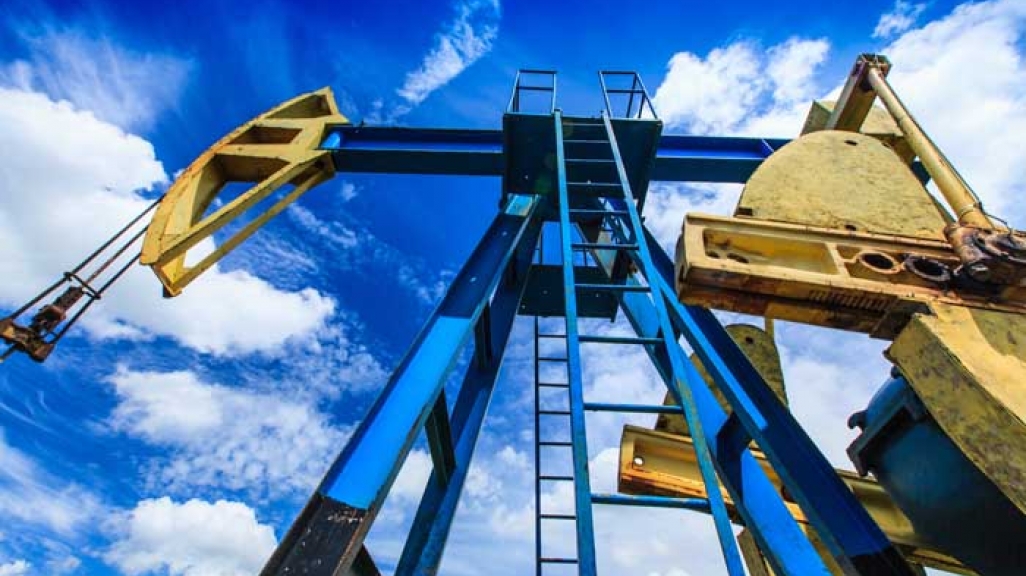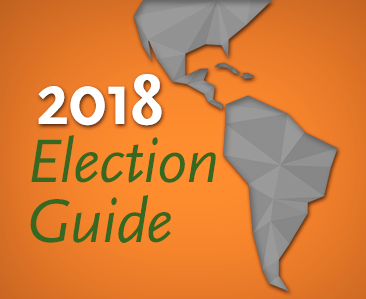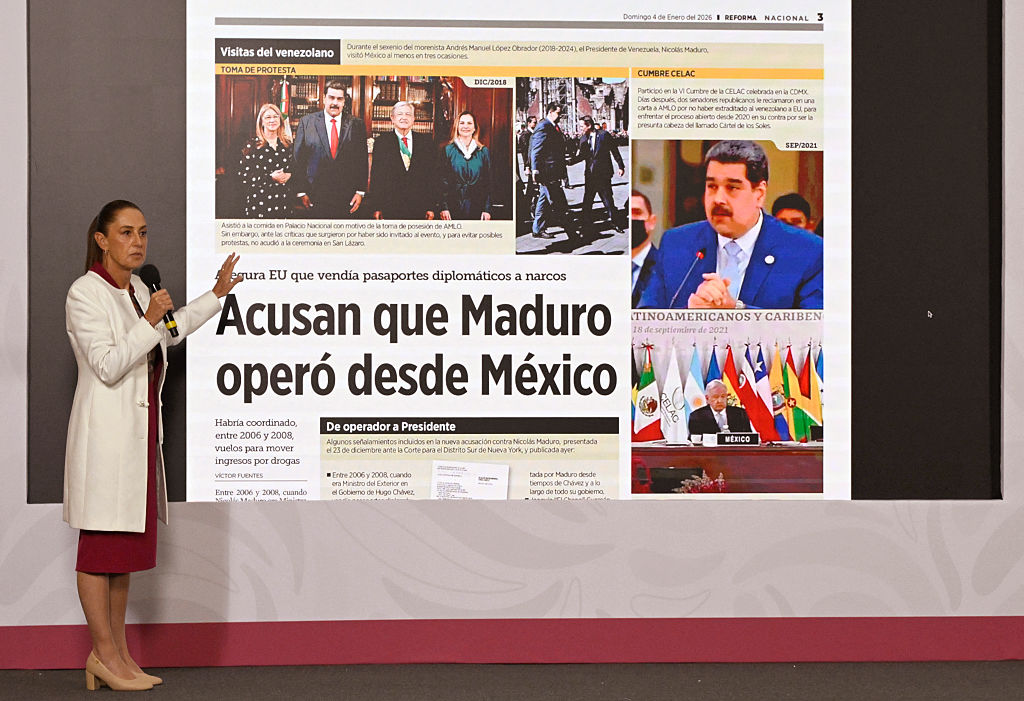Viewpoint: Elections Shouldn't Stymie Mexico's and Brazil's Energy Sectors
Viewpoint: Elections Shouldn't Stymie Mexico's and Brazil's Energy Sectors
Energy reforms take time to bear fruit and protectionist election pledges would lead to backstepping, writes AS/COA’s Naki Mendoza.
Elections are underway in Latin America’s two biggest countries. Mexico’s officially began on March 30, and Brazil’s de facto started with the seismic events around former President Lula da Silva, though campaigns formally kick off in August. Energy policies will be front and center in both contests, given the size of both countries’ industries and the significance of their resources for international investors. To varying degrees, Mexico and Brazil could each face turning points with their energy sectors. Candidates have put forward policies that could potentially roll back years of progress toward sector liberalization. Campaign pledges notwithstanding, it is worth taking stock of the gains achieved and the momentum behind ongoing reforms to assess what changes are at stake.
Mexico’s steps toward privatization
Latin America’s historic dependence on energy and commodities for state revenues has swung the pendulum of resource nationalism a number of times through the years. Governments across the region repeatedly nationalized and privatized energy assets in response to commodity price cycles and other political factors. Until 2013, Mexico was an outlier, guarding its energy assets under the monopoly of state-owned Pemex. But legislation that year that stripped Pemex of its monopoly and allowed private investment into Mexico’s energy sector transformed its market and the opportunities for international investors.
As transitions from monopoly to competitive markets go, Mexico’s counts as swift and fruitful. In the four years since the reform’s implementation, the government has held 11 public auctions for oil and gas blocks and signed 110 contracts for exploration and production rights that were previously the exclusive domain of Pemex. Seventy-five companies from 20 countries now hold resource development rights. The auctions have brought in around $537 million in investments so far and are expected to generate close to $150 billion in total investments throughout the life of the contracts, according to Mexico’s Energy Ministry.
The contracted blocks are still years away from commercial production but are already showing promising signs. None have been greater than the nearly 2 billion barrel oil find off Mexico’s coast in July 2017. It was the first well drilled by a private consortium in more than 80 years and has been described as one of the largest oil discoveries in Mexico in decades.
Propitiously, Mexico’s energy reforms came at the same time as the boom in U.S. shale oil and gas production hit full stride. Abundant U.S. natural gas flows south into Mexico, providing cheap inputs for manufacturing and industry. New rules under the energy reforms allow private firms to transport and trade the gas, laying the groundwork for a dynamic and competitive natural gas industry, with benefits for Mexico’s economy. The North American Free Trade Agreement (NAFTA) has facilitated both ends of the process through export freedoms for U.S. gas producers and investor protections for American and Canadian firms building new infrastructure. Locking in the same protections under a revised NAFTA would extend the benefits for Mexican industry.
The reforms are not without their setbacks, however. Industry observers describe Mexico as undergoing “growing pains” as the reforms get ironed out. Sectors might be officially liberalized, but open season auctions are seen as lagging. There are still bottlenecks to accessing energy infrastructure. And Pemex remains weighed down by the operational difficulties that the energy reforms are intended, in part, to address. All told, the full benefits of the reforms are years away.
It is those growing pains, particularly the latter on Pemex’s productivity, that spurred calls to roll back the energy reforms, most notably by the election’s leading candidate. But focus should be on the causes of the pain, rather than knee-jerk reactions to the symptoms. The $23 billion of petroleum products—gasoline and diesel—that Mexico imported from the United States last year is a reflection that Mexico’s existing refineries are underutilized. They are so, in part, because of chronic underinvestment by Pemex—itself a reflection of the company’s financial hole. In the first quarter of 2018, Pemex reported a $19 billion loss, its second-worst loss on record. Calls to construct new refineries to the tune of $6 billion to $10 billion each or to suspend oil auctions in an effort to increase national supply would likely exacerbate, rather than alleviate, Pemex’s financial burdens.
Because of Pemex’s deeply woven role in the fabric of Mexico’s finances, a sustained focus should be on improving the company. The reforms aim to do just that through private investment in Pemex’s non-core sectors. While much attention is paid to the upstream—oil exploration and production—side of Mexico’s energy opening, the reforms could be broken down into a dozen other sub-sector liberalizations—fuel, gasoline, and diesel markets—all working towards a holistic energy market, with a more optimized Pemex playing a major part.
The case of Brazil
If the pendulum in Mexico does swing back towards nationalistic energy policies, a likely and immediate beneficiary for foreign investment would be Brazil. The country has proven and prolific oil and gas assets in its offshore pre-salt fields attracting a critical mass of international investments.
Brazil is roughly 15 years ahead of Mexico with its energy sector opening. Reforms in 1997 stripped state-owned Petrobras of its monopoly and opened the industry to foreign competition. Since then, Brazil paused or delayed the pace of its liberalization several times, as new energy riches were discovered. But the trend line has generally been toward a greater opening, with the results to show. Barely a decade into the first pre-salt discoveries, production from the vast fields now account for more than half of Brazil’s 3.3 million barrels per day of total oil output. The productivity of the pre-salt fields put them in high demand for investors. Two bid rounds last year for pre-salt blocks drew $1.8 billion of signing bonuses and are expected to generate over $59 billion of total government revenues. A common frustration from within Brazil’s oil industry is that these results could have come sooner, if not for delays in opening the sector.
Five years ago, the International Energy Agency dubbed Brazil one of the world’s “foremost oil and gas provinces,” attributing both its progress and potential to the longevity of market-oriented reforms. Public opinion’s desire for a shake-up of Brazil’s political institutions makes for fertile ground for populist policies. But protectionist or nationalist policies for energy would again risk delaying progress toward the lofty expectations that global energy markets have for Brazil. Advances could be stalled through tighter local content requirements for industry projects or measures that use Petrobras as an extension of state policy. Similar to how Brazil opened its upstream oil sector, the country is undergoing a national plan to create a competitive natural gas market that depends in large part on Petrobras’ divestment of state-backed assets.
The full fruits of an energy sector reform require years, decades even, to materialize. Both Mexico and Brazil have put themselves on course to realize those gains. Reforms that optimize their state companies through competition and productive use of capital should be given the time to take hold.










